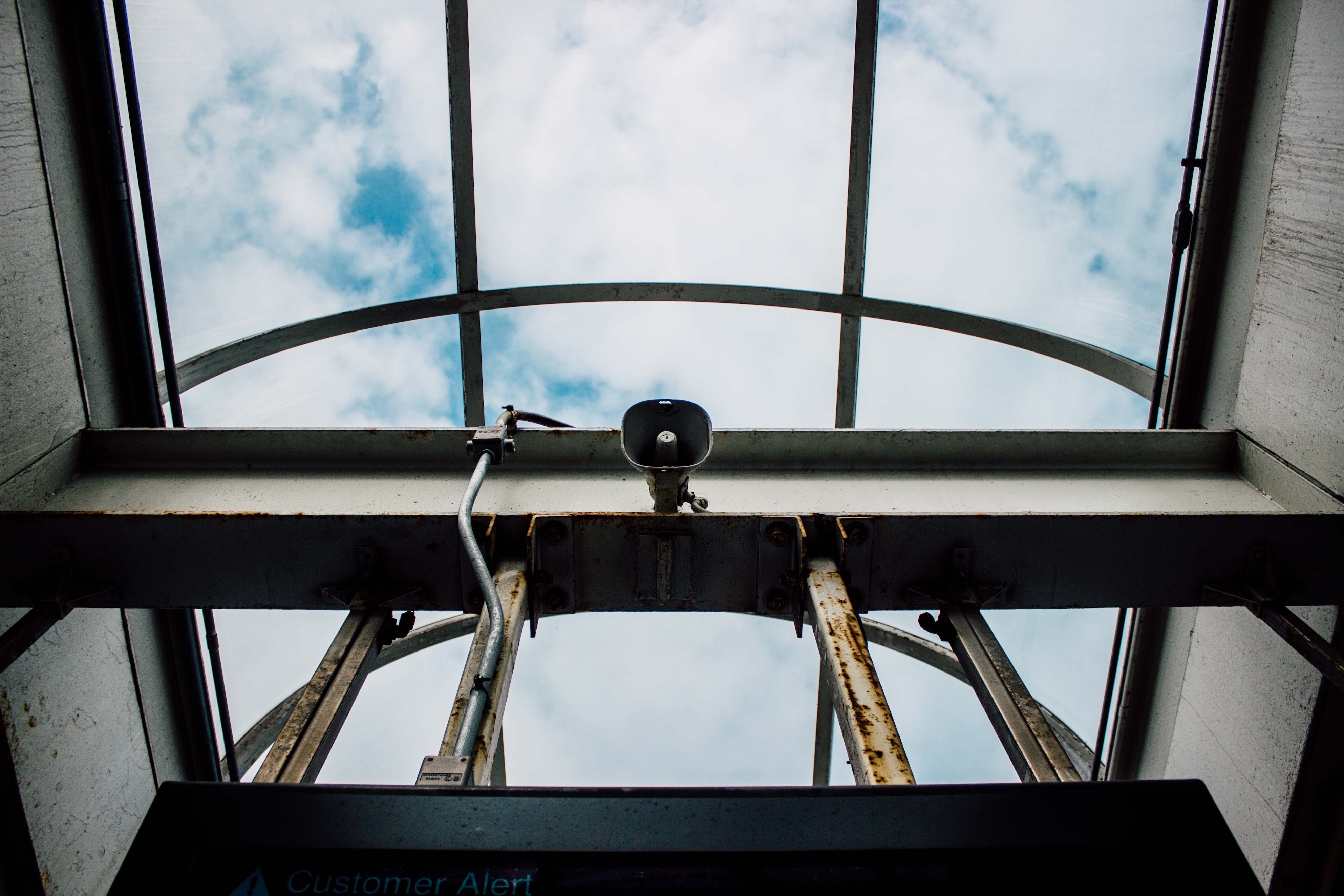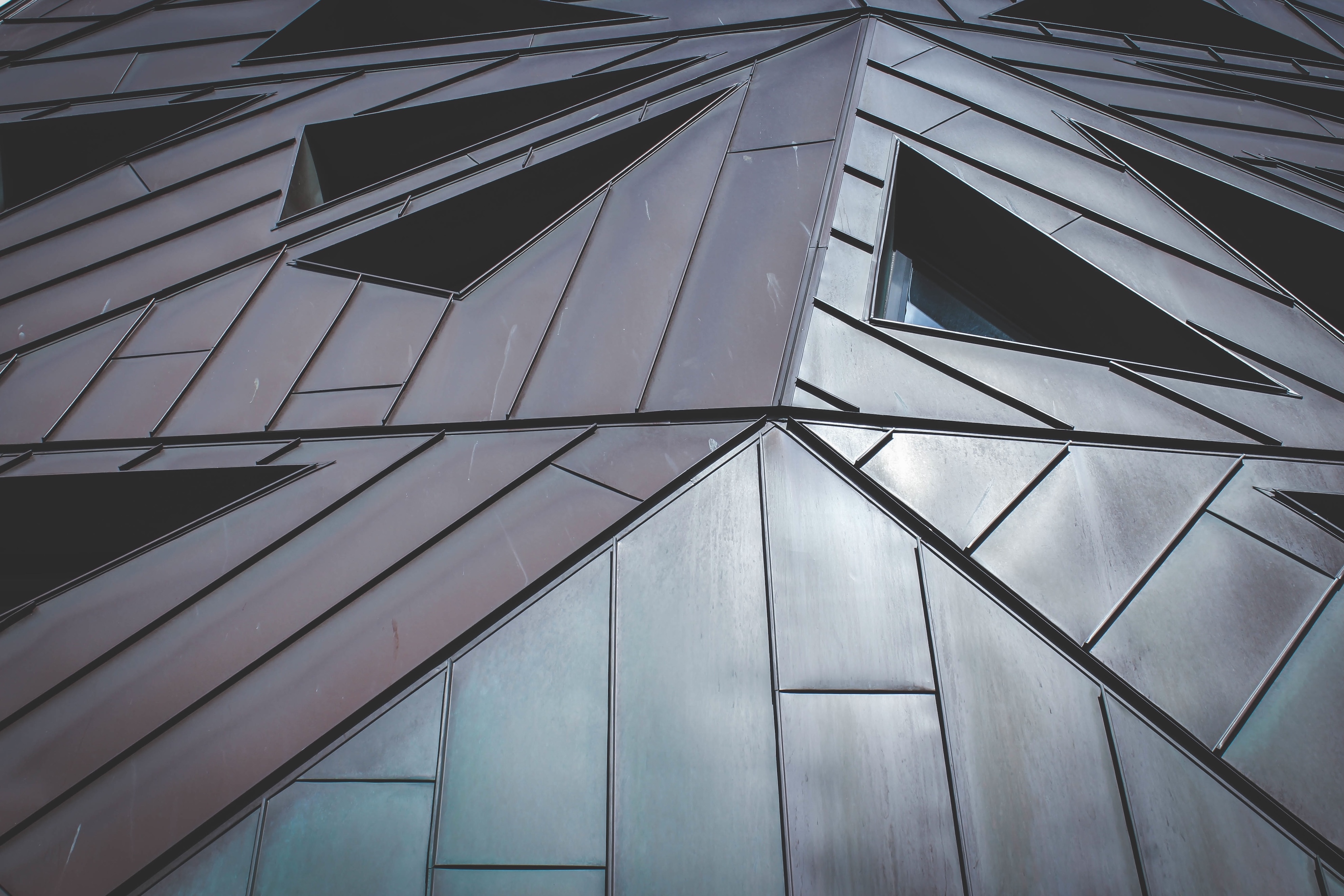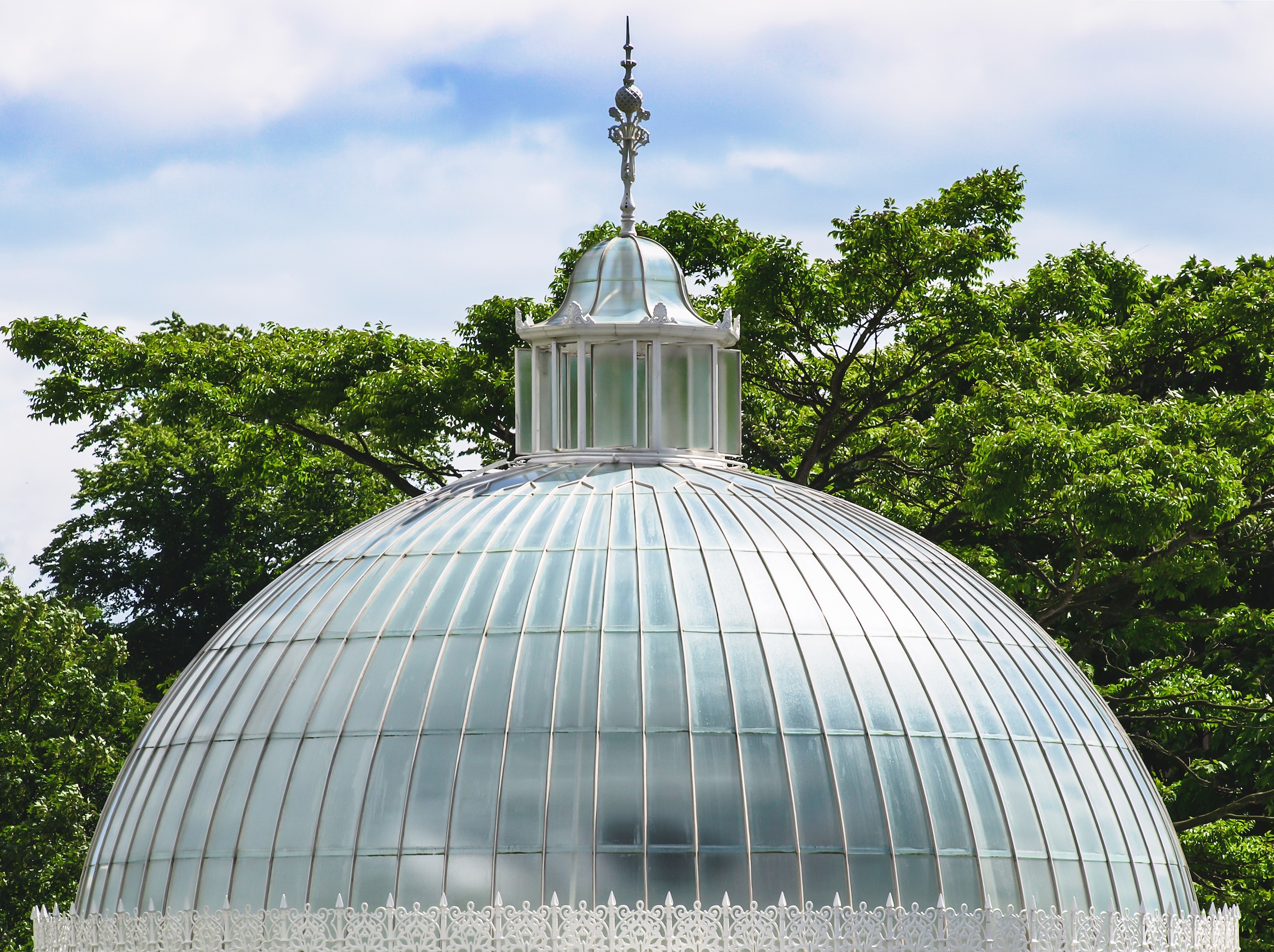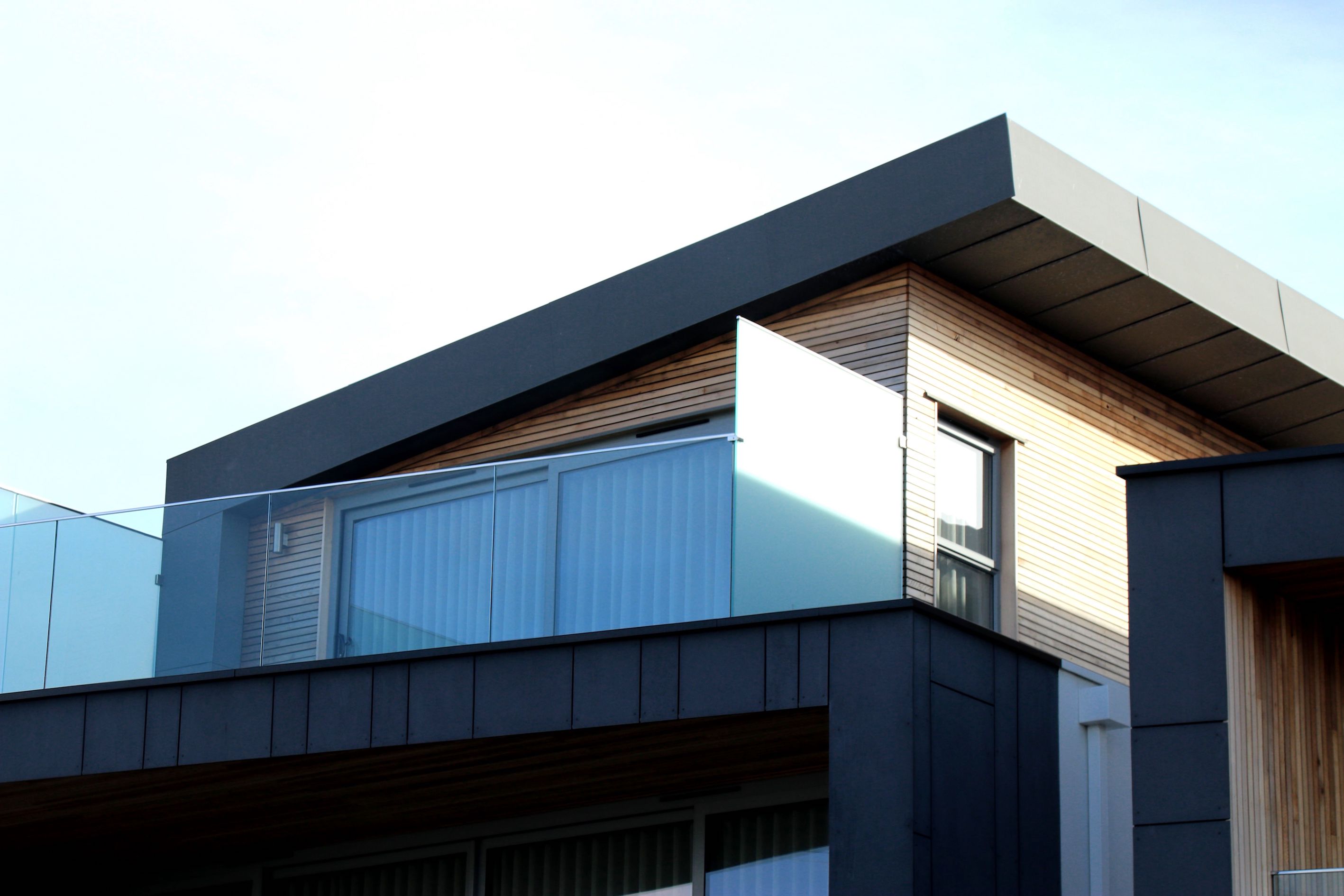In the realm of architecture and design, glass roofs have emerged as a transformative feature that brings natural light into both new constructions and older buildings. This article explores the use of glass roofs in extensions, their numerous benefits, and an overview of associated costs in the UK market.
Understanding Glass Roofs
A glass roof, often referred to as a skylight or glass canopy, is a structure made predominantly from glass that allows natural light to flood into a space. These roofs can be flat or pitched and are increasingly being integrated into both modern designs and renovations of historic structures.
Benefits of Glass Roofs

-
Increased Natural Light: The most significant advantage of a glass roof is the influx of sunlight. Natural light has been proven to enhance mood, productivity, and overall well-being. For extensions, this means creating a brighter, more inviting space that can be enjoyed year-round.
-
Aesthetic Appeal: Glass roofs offer a contemporary aesthetic that can modernise both new and old buildings. They create a seamless connection between indoor and outdoor spaces, making areas feel more open and expansive.
-
Energy Efficiency: Modern glass roofs can be designed with energy efficiency in mind. With the use of double glazing or triple glazing, alongside low-emissivity coatings, these roofs help regulate temperature, thereby reducing heating and cooling costs.
-
Versatility in Design: Glass roofs can be adapted to suit various architectural styles. For historic properties, they can provide a modern contrast while preserving the building’s character. In new buildings, they can be integrated into innovative designs, such as atriums and greenhouses.
-
Increased Property Value: Adding a glass roof to an extension or renovation can significantly enhance the value of a property. The appeal of natural light and contemporary design often attracts potential buyers, making it a worthwhile investment.
-
Improved Ventilation: Many glass roofs can be designed to include ventilation options, allowing for better air circulation. This feature is particularly advantageous in kitchens and living spaces.
Applications in Extensions
When considering extensions, a glass roof can be particularly beneficial. Here are a few applications:
-
Conservatories: Traditional conservatories often feature glass roofs, providing a bright space for plants and relaxation. They allow homeowners to enjoy their gardens year-round.
-
Kitchen Extensions: A glass roof over a kitchen extension can create a vibrant cooking and dining area, allowing for natural light to enhance the cooking experience. This can make the kitchen a more inviting place for family gatherings.
-
Living Spaces: Open-plan living areas can benefit from glass roofs, creating a sense of spaciousness and connection to the outdoors, which is ideal for entertaining guests.
-
Home Offices: With the rise of remote working, incorporating a glass roof in a home office extension can provide an inspiring environment filled with natural light, boosting productivity.
Cost Considerations

The cost of installing a glass roof can vary significantly based on several factors, including the size, design, and materials used. Here’s a breakdown of potential costs in the UK:
-
Basic Skylights: A standard skylight can range from £500 to £1,500, depending on the size and quality of materials. This is a cost-effective way to introduce natural light.
-
Glass Roofs for Extensions: For larger installations, such as those found in extensions or conservatories, prices can range from £1,500 to £5,000 for standard designs. Custom designs or larger structures can exceed £10,000.
-
Installation Costs: Professional installation can add £200 to £800 to the total cost, depending on the complexity of the project. Hiring experienced professionals ensures a quality installation that maximises the benefits of your glass roof.
-
Maintenance Costs: While glass roofs are generally low-maintenance, occasional cleaning and inspection may incur costs. Budget around £100-£300 annually for upkeep to maintain clarity and performance.
-
Planning Permissions: Depending on the size and location of the glass roof, you may also need to factor in potential planning permission costs, which could vary based on local council regulations.
Conclusion
The integration of glass roofs into both new and old buildings offers a multitude of benefits, from increased natural light and aesthetic appeal to enhanced energy efficiency and property value. As homeowners and designers continue to seek innovative ways to improve living spaces, glass roofs stand out as a versatile solution that brightens and modernises environments.



